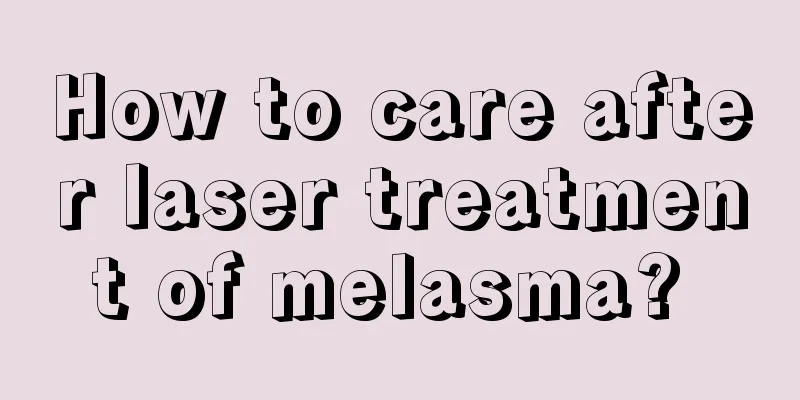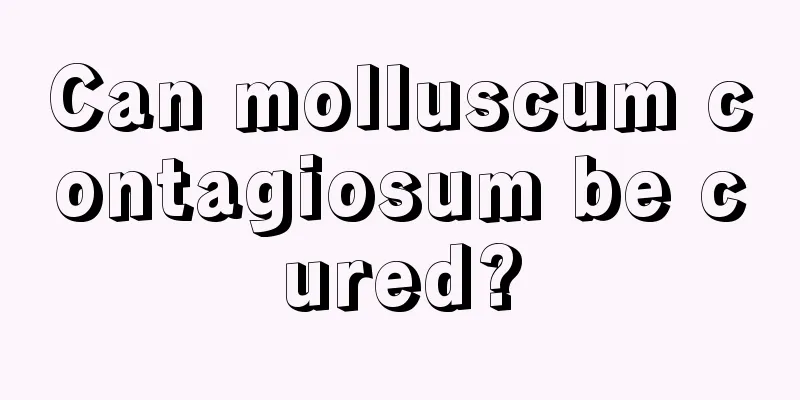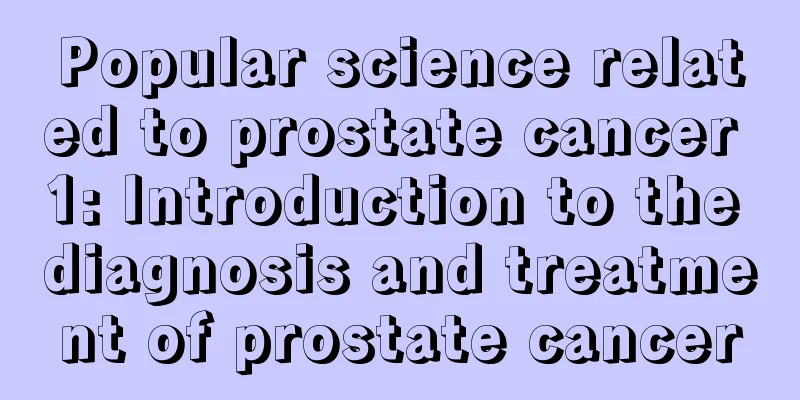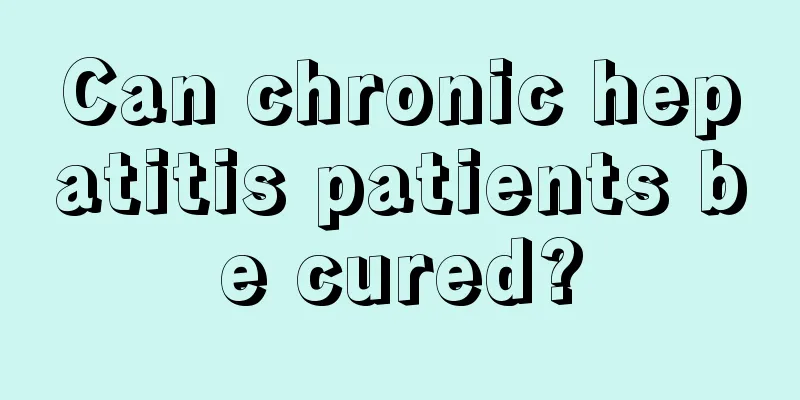Folk treatment for lumbar disc herniation
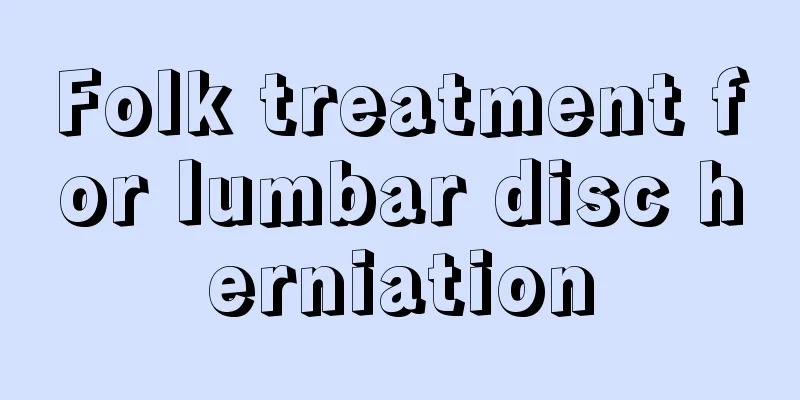
|
There are still many treatments for diseases like lumbar disc herniation. The condition can be improved well without even surgery. Especially for patients in the early stages of the disease, there is no need for surgery at the beginning. Appropriate drug treatment can shorten the course of the disease. However, you must rest in bed during the acute attack. 1. Non-surgical treatment Most patients with lumbar disc herniation can be relieved or cured through non-surgical treatment. The treatment principle is not to restore the degenerated and protruding intervertebral disc tissue to its original position, but to change the relative position of the intervertebral disc tissue and the compressed nerve root or partially retract it, thereby reducing the pressure on the nerve root, loosening the adhesion of the nerve root, eliminating the inflammation of the nerve root, and thus alleviating the symptoms. Non-surgical treatment is mainly suitable for: 1. young patients, first-time patients or patients with a short course of illness; 2. patients with mild symptoms that can be relieved by themselves after rest; 3. patients with no obvious spinal stenosis on imaging examination. (1) Absolute bed rest: When the disease first occurs, you should strictly rest in bed, and emphasize that you should not get out of bed or sit up to urinate or defecate. This will achieve better results. After 3 weeks of bed rest, you can get up and move around while wearing a waist belt for protection, and do not bend over or hold objects for 3 months. This method is simple and effective, but difficult to stick to. After remission, you should strengthen your back muscle exercises to reduce the chance of recurrence. (2) Traction therapy uses pelvic traction to increase the width of the intervertebral space, reduce the intradiscal pressure, retract the protruding disc, and reduce stimulation and compression on the nerve roots. It needs to be performed under the guidance of a professional doctor. (3) Physical therapy and massage can relieve muscle spasms and reduce pressure in the intervertebral disc, but be aware that violent massage can aggravate the condition and should be used with caution. (4) Supportive treatment: Glucosamine sulfate and chondroitin sulfate can be tried for supportive treatment. Glucosamine sulfate and chondroitin sulfate are clinically used to treat osteoarthritis in various parts of the body. These chondroprotective agents have a certain degree of anti-inflammatory and anti-cartilage decomposition effects. Basic research shows that glucosamine can inhibit the production of inflammatory factors by spinal nucleus pulposus cells and promote the synthesis of glycosaminoglycans, a component of the intervertebral disc cartilage matrix. Clinical studies have found that injecting glucosamine into the intervertebral disc can significantly reduce lower back pain caused by degenerative disc disease and improve spinal function. Case reports suggest that oral glucosamine sulfate and chondroitin sulfate can reverse disc degeneration to some extent. |
>>: How to treat lumbar disc herniation
Recommend
What is scraping blood circulation agent
As we all know, scraping is popular in hot weathe...
Why is the poop red?
If you have children or elderly people at home an...
Attention! Beware of lung cancer if early symptoms are mild or atypical
I have been feeling shoulder pain and thought it ...
How to preserve pickles in summer
Pickles are a side dish we often eat. They have a...
There are a lot of small red spots on my legs, what's going on?
Legs are an important part of the human body and ...
How to store milk powder after opening
For infants and young children, parents will buy ...
How to treat heel fracture
When people are subjected to some external force,...
What kind of disease is idiopathic thrombocytopenia
Idiopathic thrombocytopenia is relatively easy to...
What to do if clothes are stained with oil
What should I do if my clothes are stained with o...
How to treat calf blood vessel blockage
Many people suffer from blockage of blood vessels...
What are the radiation hazards
Radiation is everywhere in our daily lives. It co...
How to treat cystic acne
For many girls who love beauty, acne on the face ...
What is the stage of undifferentiated nasopharyngeal carcinoma and how to treat it
What is the stage of undifferentiated nasopharyng...
What are the diagnostic methods for ovarian tumors?
Ovarian tumors are common gynecological tumors, a...
How to lose weight and get chopstick legs in bed
Thick legs are a major problem that troubles many...


